Last year, Morgan O'Neill was tinkering with a tornado display at the Museum of Science at MIT when she got a phone call informing her that a living, breathing tornado was ripping through her hometown in Western Massachusetts.
The effects were devastating, "splitting the town in half," O'Neill said. When she went back to survey the damage and help coordinate a relief effort, she and her sister Caitria found major needs in the community, which weren't being served by the larger government organizations.
"It was clearly much more complicated than FEMA or the Red Cross and National Guard coming in and telling us exactly what to do," said Morgan O'Neill, who is currently a Ph.D. student in atmospheric physics at Massachusetts Institute of Technology. "We were suddenly flooded with hundreds of volunteers showing up at 8 in the morning, saying, 'I have a chainsaw and I want to help,' or 'I have a truckload of eggs,' or juice boxes. All of these donations weren't managed by anyone."
At the time, there wasn't an easy way to coordinate those kinds of efforts, to make it easy for people to help out with smaller, in-kind donations. The O'Neill sisters did what they could in the tornado's wake, using "all the data in Google Docs and Google Voice" to set up makeshift online portals where everyone involved in the relief effort could see each other's work.
But there was clearly a void to be filled.
"We realized a community like ours was ill-equipped to manage recovery," O'Neill said. "So we thought: Let's build that platform."
What she and her sister launched was Recovers.org, a barely 6-month-old crowd-sourcing disaster relief website that has suddenly found its work cut out for it in the wake of Hurricane Sandy. The site works by linking volunteers with where they're needed in specific communities, offering up-to-the-minute social media updates on relief programs, and databasing even the most random donation items so they're easier to disperse exactly where they're needed.
"Like a China set, or something else that would just sit in your home," O'Neill said. "Anything can be useful."
More than 150,000 visitors flooded the Recovers servers in the days following Sandy's surge, looking for ways to help out and donate. The site mobilized at least 15,000 volunteers for the relief efforts, including Lisa Sikorski, an artist in Brooklyn's Bedford-Stuyvesant neighborhood.
The day after the hurricane, at a busy donation and mobilization center in Red Hook, a badly hit neighborhood in Brooklyn, Sikorski was designated the "leader" of an entire operation, and she delineated tasks like it was her job, telling people where to set up volunteer tables and where to put batteries. She wasn't affiliated with the neighborhood or the center itself, just a volunteer who wanted to help.
"I just saw on Recovers that this is where they needed people," Sikorski said. "So I came here."
Chris Kuryak, the chief operation officer at Recovers, said Sandy has been the biggest test of the software thus far, but for a project barely a year in the making, it's clearly serving a purpose. "The software is kind of meant for long-term recovery," he said. "Long after shelter and volunteer donation areas are no longer needed, the software can stay in a community three, four, five years into the future."
Like Occupy Sandy, another grassroots organization that began its efforts using Recovers' servers, the idea is based around community. O'Neill said the site fosters the idea that each community needs something different after a disaster, and nothing should go to waste.
"Larger [organizations] can't touch a casserole that walks in," she said. "They don't know where that came from, they don't trust it. But someone should have it."
The site is funded in part by the communities themselves, who pay Recovers an annual fee, depending on their size. A community of 50,000, for example, pays $2,500 a year to use the servers. But it was initially funded by grants from the Knight Foundation, which chose to sponsor Recovers.org's initial proposal out of almost 1,000 applications received in an innovation contest.
John Bracken, director of media innovation for Knight, said Recovers' potential was obvious from the outset, but it is not going to be some "deus ex machine that's going to solve everyone's problems from a white horse." Its goal is to bring people together for relief in a way we've never seen before.
"I think one thing we're learning is that disaster recovery is something we're going see more and more," he said. "And the DIY nature of what Recovers brings to the floor, we're hopefully going see more of that."